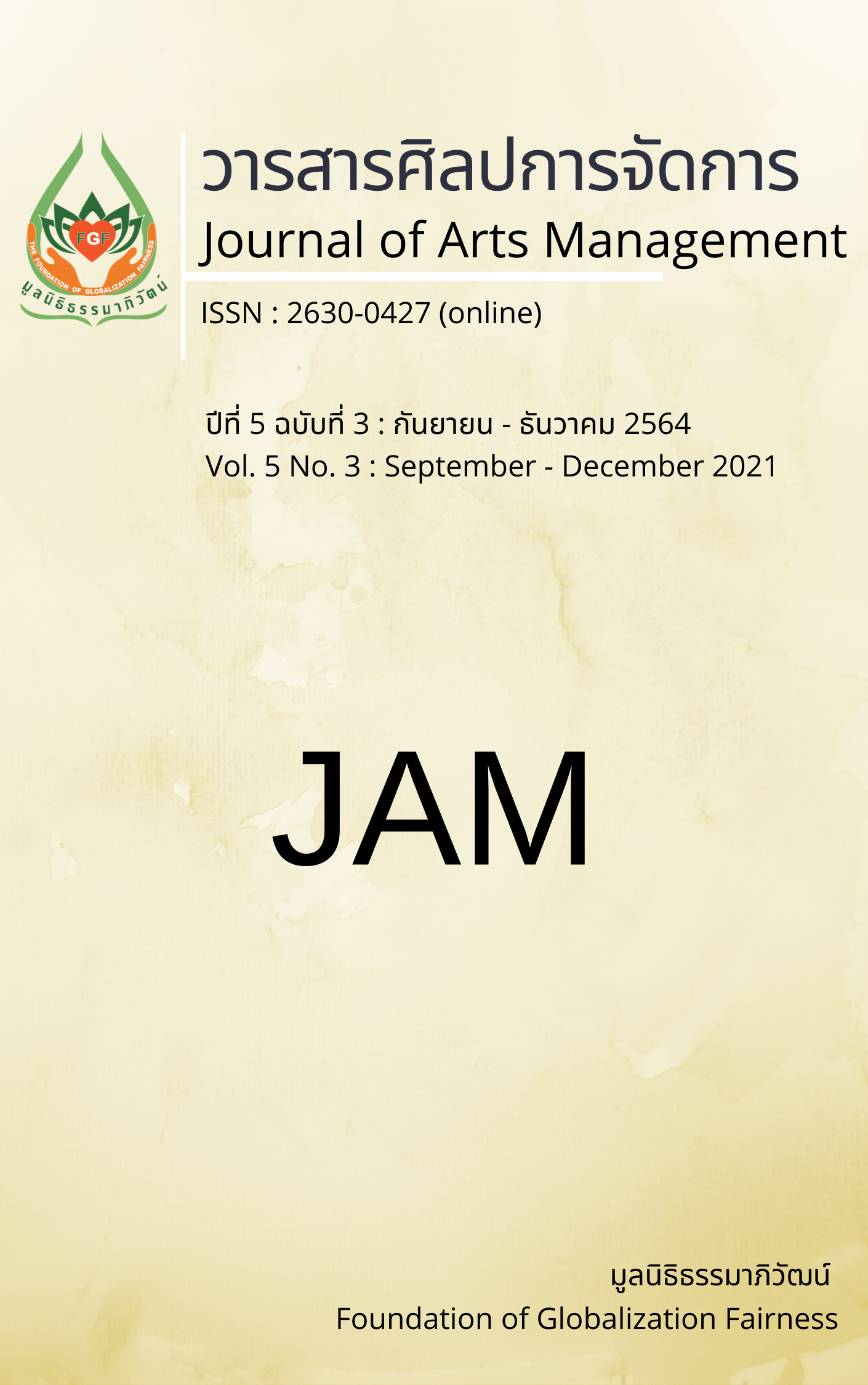The Strategies of Creating Competitive Advantage of Secondary Education under the Office of the Basic Education Commission
Main Article Content
Abstract
The purposes of this article aimed to 1. study the level of competitive advantage of secondary education institutions under the Office of the Basic Education Commission; 2. analyze factors affecting the competitive advantage of secondary education institutions under the Office of the Basic Education Commission; and 3. propose a strategy for creating competitive advantage for secondary education institutions under the Office of the Basic Education Commission. The sample group consisted of 360 school administrators in highly competitive secondary education institutions under the Secondary Educational Service Area Office, the Office of the Basic Education Commission. This was research and development, the research was designed with a mixed method. The tool for data analysis was the questionnaire and focus group form. The statistics for data analysis were the Structural Equation Model for quantitative data and the deep interview and focus group for qualitative data.
The research results were found as follows: 1) The overall competitive advantage of secondary education institutions under the Office of the Basic Education Commission was at highest level.
2) Factors in holistic quality management, quality culture of education institutions, and executive characteristics affected the competitive advantage of secondary education institutions under the Office of the Basic Education Commission. It was found that the model was comparable with empirical data and,
3) The strategy for creating competitive advantages for secondary education institutions under the Office of the Basic Education Commission is composed of 5 policy strategies and 13 functional strategies.
Article Details
Views and opinions appearing in articles in the Journal of Arts of Management It is the responsibility of the author of the article. and does not constitute the view and responsibility of the editorial team I agree that the article is copyright of the Arts and Management Journal.
References
Aridech, S., & Yawirach, P. (2014). Strategies for quality culture development of public basic education schools. Ratchaphruek Journal, 12(2). 30-37.
Chaemmchoy, S. (2012). Concept of innovation for school management in the 21st century. Journal of Education Naresuan University, 14(2), 117-128.
Chaiprasit, S. (2552). Innovative organization: An alternative for modern entrepreneur. Executive Journal, 30(2), 60-63.
Chayamongkon, L. (2018). Managing competitive advantages of Thai Air Asia [Doctoral Dissertation, Siam University].
Evans, J. R., & Lindsay, W. M. (2008). The management and control of quality (7th ed.). South-Western.
Flynn, N. (2002). Public sector management. Pearson Education.
Heilpern, J. & Nadler, D. (1992). “Implementing total quality management: A process of cultural change,” in organizational architecture. Jossey Bass.
Hissom, A. (2009). Introduction to management technology. Kent State University.
Information Technology Department, Policy and Planning Bureau, the Office of the Basic Education Commission. (2020). Data about the number of schools classified by educational service area. https://data.bopp-obec.info/emis/area_school.php
Jantamas, B. (2004). Quality and productivity management (2nd ed.). TPA.
Ketsuwan, R. (2011). Quality management: form TQC to TQM, ISO 9000 and quality assurance (5th ed.). Borpit Printing.
Muktarakosa, S., Pangthai, S., & Sombatsakulkit, E. (2019). The professionalism of the administrators of the Thailand Education School 4.0. Journal of Suvarnabhumi Institute of Technology, 4(2), 453-461.
Ploypanichcharoen, K. (2014). TQM: Total quality management. TPA.
Pornrungroj, C. (2014). Quality culture: Build people, build nations. Offset Plus.
Porter, M. E. (2008). The five competitive forces that shape strategy. Harvard Business Review, 86(1), 78-93.
Ramasamy, S. (2009). Total quality management. Tata McGraw-Hill.
Saeng-urai, N., & Smarnyat, S. (2016). The development of secondary school quality culture model under the office of the basic education commission. Panyapiwat Journal, 8(2), 134-143.
Schumacker, R. E., & Lomax, R.G. (2010). A beginner’s guide to structural equation modeling (3rd ed.). Lawrence Erlbaum Associates.
Suwunniponth, W. (2017). Human capital potential and dynamic capability of entrepreneurs in Thai software industries for enhancing competitiveness capability in the ASEAN economic community. Veridian E-Journal, Silpakorn University (Humanities, Social Sciences and Arts), 10(3), 1-20.
Tapin, M. (2020). Advantage competitive/quality improvement. http://mcutak.com/default.asp? content=contentdetail&id=23306.
Wongkietrat, W. (2005). Strategic planning: The art of mapping organization towards excellence. Thailand Productivity Institute.


